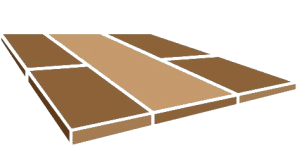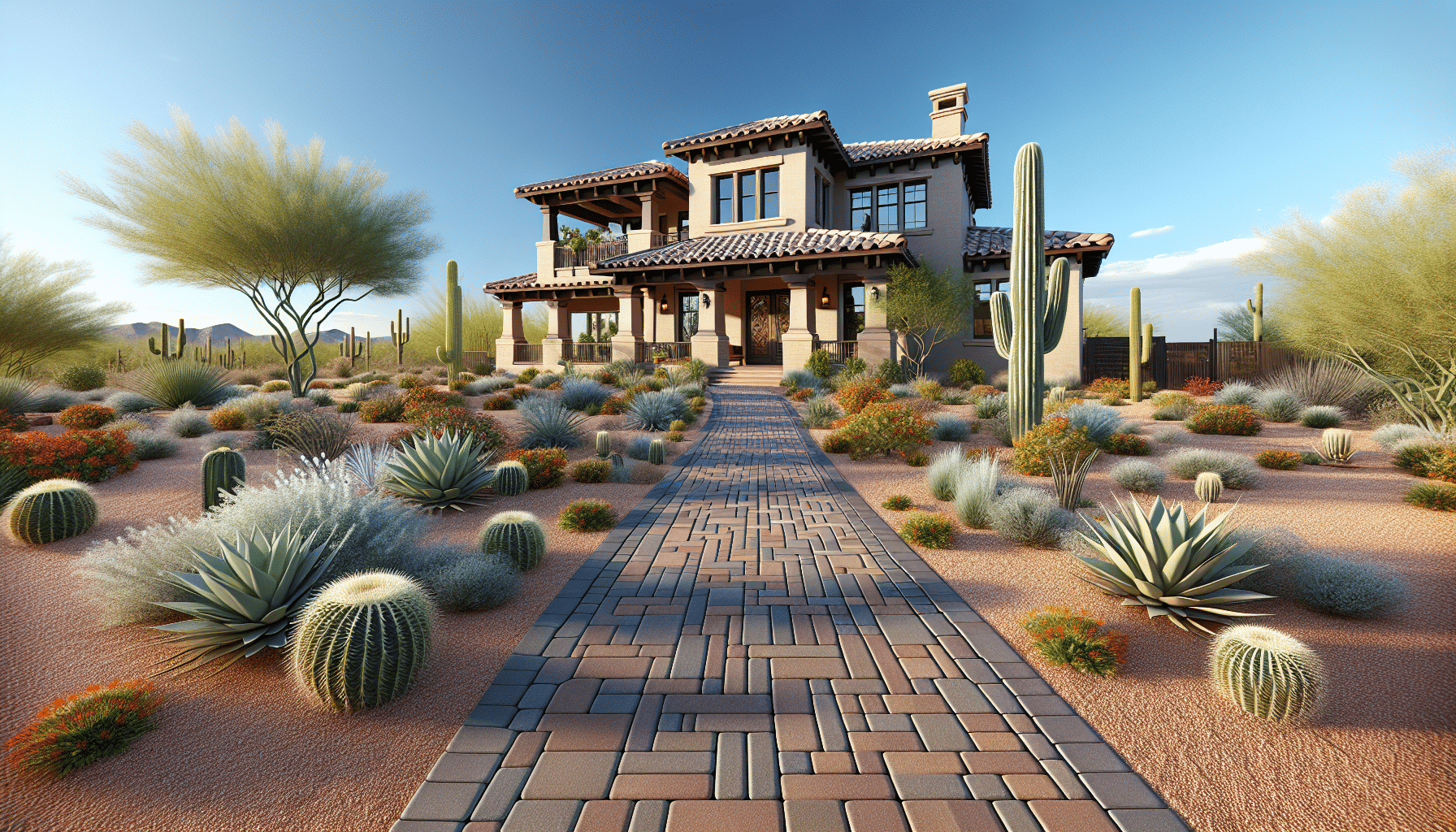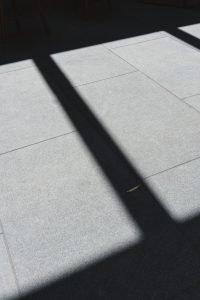Have you ever noticed how frustrating it can be when a beautiful paver surface starts to shift or crack? We understand the struggle and are here to help make your outdoor spaces both stunning and durable. This blog is perfect for homeowners who want to learn the best techniques to achieve a long-lasting, pristine Paver Installation.
Contents
- 1 Understanding the Basics of Paver Installation
- 2 The Importance of Base Preparation
- 3 Choosing the Right Paver Materials
- 4 Installing Edge Restraints
- 5 The Value of Proper Sand Bedding
- 6 Paver Placement Techniques
- 7 Compact and Secure the Pavers
- 8 Sealing Your Paver Surface
- 9 Ongoing Maintenance Tips
- 10 Key Benefits of Professional Installation
- 11 Summary of Paver Installation Techniques
Understanding the Basics of Paver Installation
Before we dive into the techniques, let’s explore the fundamentals of paver installation. A solid foundation is critical for achieving a durable and stable surface. This includes proper excavation, base preparation, and choosing the right materials.
It all starts with a precise excavation, which involves removing the topsoil to a depth suitable for your specific project. By doing this, we can create a stable base that resists shifting and settling over time. The materials we choose for the base should match the local soil and climate conditions, ensuring the pavers remain in place for years to come.
The Importance of Base Preparation
The success of any paver installation lies in the preparation of the base. This stage involves creating a compacted subgrade and laying a well-graded aggregate base. It acts as the backbone for your paver surface, providing strength and support.
A well-prepared base will prevent water pooling and heaving caused by freezing and thawing cycles. It’s essential to compact the layers adequately, using a vibratory plate compactor, to achieve the stability needed for a smooth, even surface. This attention to detail ensures that your paver system can withstand the test of time.
Choosing the Right Paver Materials
Selecting the appropriate paver materials is vital for a durable installation. Different materials offer distinct advantages, such as permeability, strength, and aesthetics. We offer a range of options, from natural stone to manufactured concrete pavers, each suited for various design preferences and functional requirements.
Concrete pavers, for example, are highly reliable and come in diverse colors and shapes, allowing you to customize your outdoor space perfectly. On the other hand, natural stone provides a timeless, elegant look that adds a touch of luxury to any landscape. Our team at Gilbert Paver Company can guide you through these options to find the perfect match for your project.
Installing Edge Restraints
Edge restraints are crucial in maintaining the integrity of your paver installation. They hold the pavers in place, preventing them from shifting or spreading over time. Without these vital components, even the most expertly installed pavers can lose their alignment.
We recommend installing edge restraints using durable materials such as concrete or plastic, which are designed to withstand environmental elements. Proper installation involves securely anchoring them with spikes to ensure they remain in place, offering added stability to the entire system.
The Value of Proper Sand Bedding
Creating a smooth, evenly distributed sand bedding is essential for a durable paver surface. This layer serves as a solid, even platform on which the pavers rest, allowing for slight adjustments during installation.
It’s crucial to spread the sand evenly and screed it to the desired level before placing the pavers. By doing so, we can ensure a consistent surface height and eliminate potential issues with uneven paver heights. Proper sand bedding is a key factor in achieving a flawlessly finished paver project.
Paver Placement Techniques
When it comes to placing pavers, precision is the key to success. Starting from a straight edge, we meticulously lay each paver in the desired pattern. This careful attention helps in maintaining alignment and ensuring a visually appealing design.
We often use spacers to maintain consistent gaps between pavers, allowing for expansion and contraction. This technique not only enhances the appearance but also improves the overall durability, as it accommodates minor movements caused by temperature fluctuations.
Compact and Secure the Pavers
Once the pavers are in place, the next step is to compact them into the sand bedding. Using a plate compactor, we gently press the pavers down, ensuring they sit securely. This process solidifies the structure, minimizing the risk of future shifting.
Compacting not only helps the pavers settle into place but also ensures that the sand fills in all the gaps. This bonds the individual pavers into a cohesive unit, ready to withstand daily wear and environmental challenges.
Sealing Your Paver Surface
Sealing your paver surface is a protective measure that enhances the longevity of your installation. A quality sealant safeguards against stains, weathering, and the harmful effects of UV rays. It accentuates the paver colors, maintaining their vibrant appearance.
Applying the sealant requires a clean, dry surface for the best results. We recommend using a roller or sprayer for even coverage, following the manufacturer’s instructions for ideal drying times. Sealing not only beautifies your pavers but also extends their life.
Ongoing Maintenance Tips
To preserve the beauty and durability of your pavers, regular maintenance is essential. We suggest establishing a routine that includes basic cleaning, inspections for damage, and occasional resealing. These simple steps will keep your paver surface looking its best.
Clear debris and address any weed growth promptly to maintain the integrity of the structure. Additionally, checking for signs of shifting or loose pavers allows for timely repairs, preventing minor issues from becoming significant problems.
Key Benefits of Professional Installation
While DIY projects can be fulfilling, professional paver installation offers several key advantages. Our expertise and experience ensure precision and quality, minimizing the risks of errors that could lead to costly repairs down the line.
Moreover, working with professionals like Gilbert Paver Company provides access to top-quality materials and tools, ensuring every element of your project meets the highest standards. By choosing us, you can enjoy the peace of mind that comes with knowing your outdoor space is built to last.
Summary of Paver Installation Techniques
- Excavation: Proper excavation is the foundation of a stable paver installation. Ensuring all topsoil is removed prevents future settling.
- Base Preparation: Building a sturdy base with well-compacted materials is essential. This step provides the stability needed for a lasting surface.
- Edge Restraints: Installing edge restraints keeps your pavers aligned and secure. This prevents them from shifting over time.
- Sand Bedding: A smooth sand bedding facilitates precise paver placement. It ensures an even, well-supported surface.
- Sealing: Protecting your pavers with a sealant guards against wear and stains. This step enhances both durability and appearance.
Contact Us at 480-534-9680 or Request a Free Quote to start your next project with confidence. We’re eager to help transform your outdoor space with our expert paver installation services.




